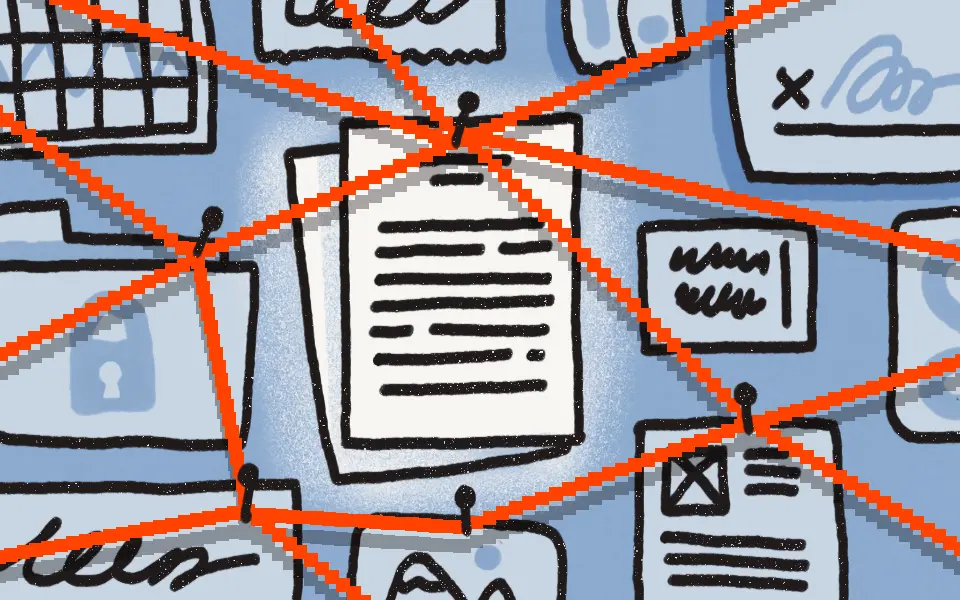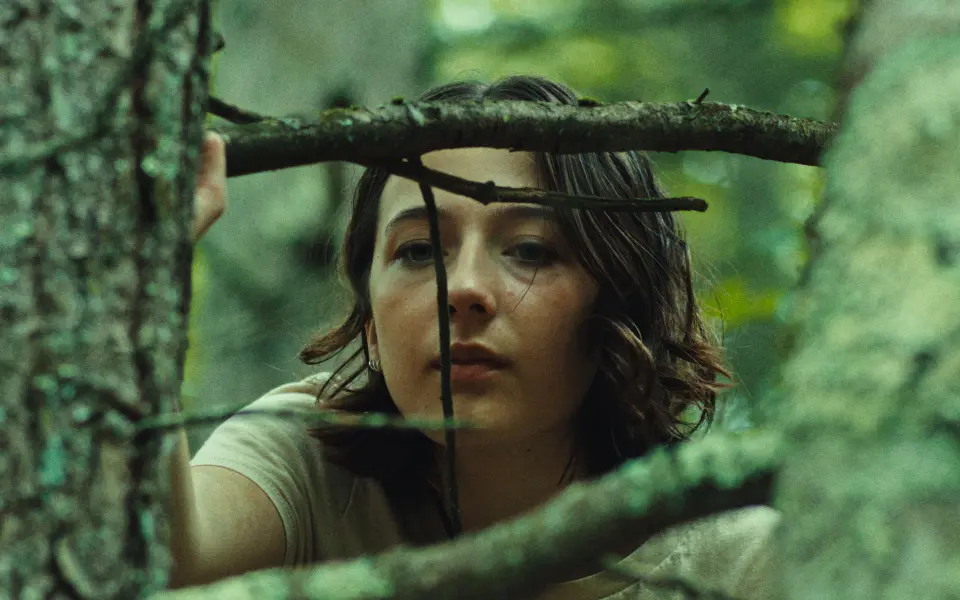
How a talent incubator is tackling the diversity gap
Published on September 13, 2018
Set in the 1950s, the hit TV show Mad Men put a spotlight on issues of diversity and equity in the advertising industry. But even in 2018, there’s much progress to be made.
“I didn’t know much about the disparities,” Jay Gould, a senior at Cleveland State University, says. “I just knew that I would put on a suit sometimes, take my résumé, and go knock on doors at advertising firms. But I got the feeling that I could never get in.”
That same feeling—the disparity in representation of persons of color in the advertising, marketing, and media industries—prompted Larry Yarrell II and Lincoln Stephens to start up the Marcus Graham Project (MGP) in 2007.
Preparing the next generation of industry leaders
By 2020, there will be 1.4 million job openings in tech, marketing, e-commerce, and media. The question is: Who will get hired?
Throughout the past decade, MGP has been investing in young, underrepresented talent, and preparing them to become the next generation of leaders in those fields.
“Over 95 percent of our graduates find employment immediately after leaving our program.” —Lincoln Stephens, CEO/Co-Founder, Marcus Graham Project
Named after the fictional character Marcus Graham from the 1992 film Boomerang, MGP runs experiential bootcamps in major cities across the country to help candidates gain hands-on experience, find mentors, and begin careers in the advertising, marketing, and media sectors.
“With the Marcus Graham Project, we wanted to show the next generation that Marcus Grahams existed all over the world,” Yarrell says. “We’re ensuring that, little by little, more minorities have a seat at the table, because we realize that the people who are making decisions are the people who determine the images we all see.”

Staying in creative flow with Dropbox
“We started using Dropbox Business early on because it was and continues to be the best way for us to work together.”
Technology not only powers collaboration between staff, board members, and alumni. It also empowers MGP to fulfill their mission and scale their impact. “One of the main components of what we do is to create content that can potentially inspire other people to consider careers in advertising and media marketing,” Stephens says. “We started using Dropbox Business early on because it was and continues to be the best way for us to work together.”
Recently, Dropbox Paper has emerged as the nonprofit’s foundational tool for project coordination and team communication. MGP’s pop-up agency, run by program participants to serve Fortune 500 companies, relies on Paper every day for everything from brainstorming to meeting notes to project plans.
“Paper just helps us bring the conversation we’re having to life.”

Helping graduates find jobs at top companies
“What’s incredible about the bootcamp is getting to work with real clients. Whereas if you go somewhere else, interns are getting coffee and not doing any meaningful work,” says Brandon Jones, a 2018 MGP bootcamp participant. MGP’s immersive bootcamp has proven successful in effectively training up the next generation of diverse talent.
“Over 95 percent of our graduates find employment immediately after leaving our program,” Stephens notes. “They're working at some of the top companies, be it agencies or brands, and not just working there, but on the pathway to leadership in every place they go.”
To learn how Paper can help your team scale its impact and keep projects moving forward, visit dropbox.com/paper.








